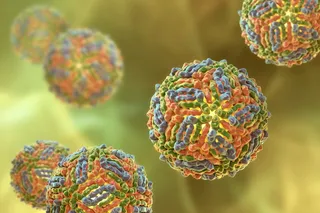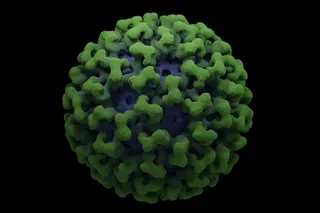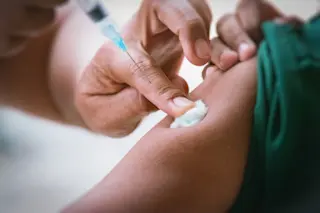Thirty percent of unvaccinated American adults say they’re waiting for the COVID-19 vaccines currently authorized for emergency use to be officially approved by the U.S. Food and Drug Administration. The FDA has since granted that approval for those age 16 and older for the Pfizer-BioNTech vaccine on Aug. 23, 2021. What had to happen for the FDA to advance from emergency use authorization, or EUA, to full approval?
I’m a pharmacist who trains other pharmacists, health care providers and students on why, when and how to administer vaccines. Emergency use authorization, while streamlining the regulatory process so the vaccine is more quickly available to the public, still follows a rigorous process the FDA requires to ensure vaccine safety and effectiveness. The difference is that more time has passed and more data is available for review when a company applies for full approval.
For both emergency authorization and full approval, for ...














